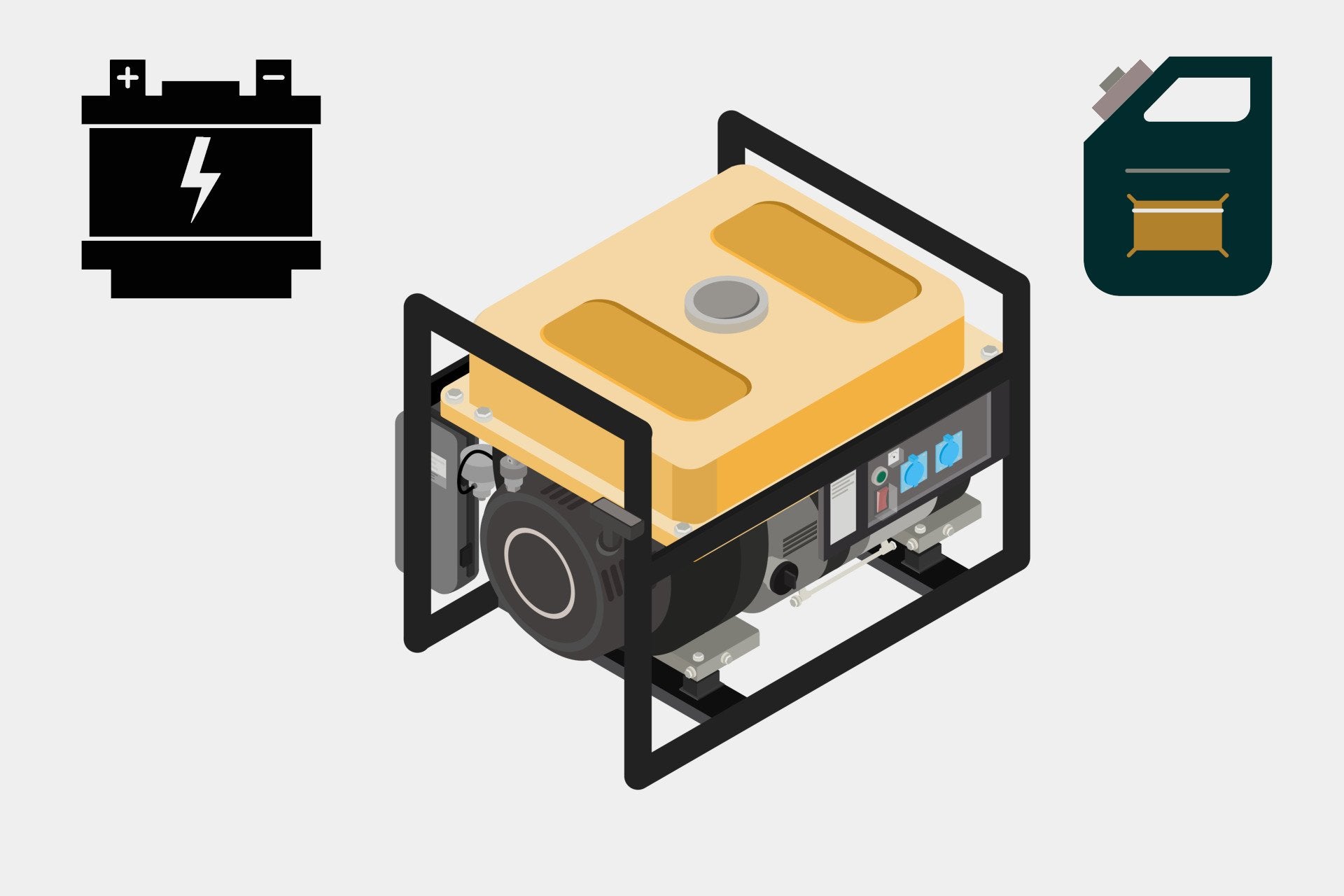You may have seen a variety of these portable power products on the market but how do you know which will meet your needs for the price?
Here are some key points to understand before you make the big decision.
Capacity
Simply put, how much storage of energy do you need?
1. Make a list of all the devices and appliances you want the portable power station to run and put the power demand next to them (this is shown in Watts or W and is usually written on a label near the power lead entry point). See step 6 - allowances for mains appliances.
2. Now put the time in hours that you want to run each one for (eg. you might charge a phone for 1.5 hours to fully restore the battery or run a fridge for 5 hours).
3. Next, times the Wattage by the time in hours to get the Watt-hours figure (Wh).
4. Add all Wh figures to reach the total energy you’ll need for one use of the portable power station.
5. Its important to add an extra 15-20% to the total. This is for the battery reserves which are there to protect them from being run completely flat and rendering them unusable.
6. Also consider that when running the AC appliances, there is about an 8-10% efficiency loss to run the inverter.
7. You can now calculate the total capacity figure you need to look for in your portable power unit.
Charge speed
You may want to use the station for regular off-grid use so a higher solar charge input would be important. Check the Wattage inputs of the DC/solar and AC and go for the higher ones if you need faster charging. Some models will charge at two speed modes also.
Weight
The more capacity a unit has, the more it will weigh in general. Some brands however, have a lighter overall weight than others with the same capacity so make comparisons if it means a lot to your choice.
Cell Type
LFP (Lithium Iron Phosphate) cells weigh a little more than Li-on (Lithium Ion) but last longer over usage and are considered more stable and environmentally friendly.
Design Features
Think about how you’ll be using this power system for your leisure or work needs. Will you be putting it against a wall or in a tight space? If so, check where the cooling vents will be so the unit can cool itself down normally. Will you need regular access to the output ports? Some units have the outputs all on one face of the unit which is useful.
Will you run any solar input to charge it? Check that it has a decent MPPT (Maximum Power Point Tracking or solar controller) inbuilt and which side of the unit the input port is on.
Does it have App control? You may want to have appliances permanently hooked up without having to get to close to the unit often. Using App control can allow you to turn power on and off remotely.
Can you add capacity to it? Some models can be expanded by adding compatible extra battery modules. You may want to add more capacity in future.
Output
AC output power varies a lot across the different makes and models and the prices will reflect that so you’ll want to find the right power output for your budget range.
From the list of appliances you made, either add up all that you might use at the same time or pick the one with the highest Wattage and note whichever value is higher.
Check the AC outputs on the spec sheets of the portable power products you research online and filter out any that are lower than your noted Wattage as they will not cope with your needs.
Is the AC output pure sine wave or modified (square wave)? This is important, since the latter option is less efficient and can damage your more sensitive appliances so you could end up losing money on the wrong choice.
Some will have a spike or surge load capability. This refers to a short burst of power some appliances need to get going but drops to their nominal power rating thereafter. It commonly occurs on appliances that use an electric motor (and inductive and capacitive loads in general) so bear that in mind before you buy and ask for advice.
Customer Support & Warranty
Speaking of advice. It is prudent to gauge how good the customer support of any particular brand of portable power station might be. These units are not cheap and their warranties vary as well as support. Ask for product advice but be aware that some might not have good after sales or technical support so it’s worth looking up the reviews and asking the distributors.
Now you’re ready to narrow down your final contenders and check the reviews one last time before you make a purchase!



Leave a comment
All comments are moderated before being published.
This site is protected by hCaptcha and the hCaptcha Privacy Policy and Terms of Service apply.